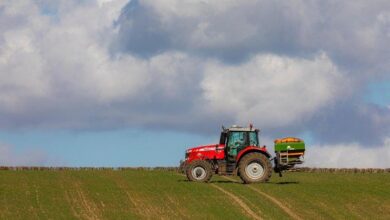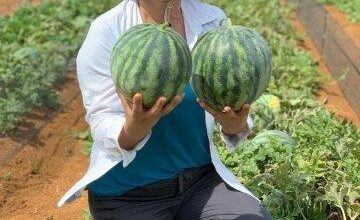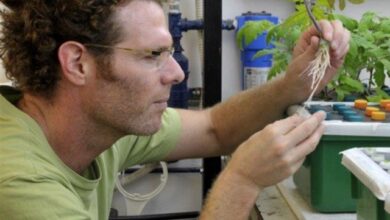Compost from Chickens
An innovative method of compost made of chickens, re-using the by-product of the poultry industry in Israel

The total quantity of carcasses “produced” annually by the poultry industry in Israel amounts to 30 thousand tons. This quantity includes 20 thousand tons of broiler chickens, 7,000 turkeys, 750 tons of heavy hens for breeding and 100 tons of pullets and these quantities are increasing every year.
For many years now two principal methods were used in handled these carcasses and they were burial in the ground or burning them.
Most of the poultry farmers removed the carcasses on their own or hired “removers” to help them as they came to the chicken coops and then either buried or burnt the birds at a central location. Both these solutions create severe pollution problems. When the burial method is employed bacteria from the carcasses’ remains penetrate the groundwater directly, while the burning operation causes pollution and gives off awful odors, with which many people living on kibbutzim are undoubtedly familiar.
In recent years as awareness of environment protection increased so supervision intensified. The state decided to exercise its authority and prohibited the burial and the incineration of animal carcasses. On the other hand, the state proposed the establishment of three central sites for burying carcasses but this solution was far from ideal as all the poultry carcasses had to be delivered there, sometimes in open trucks travelling over long distances, where every trip even the shortest among them, could lead to the spreading of morbidity and alarming sanitation hazards.
This problem worried Gadi Woolfe (60), the experienced poultry farmer from Kibbutz Givat Haim Meuchad and here he was not alone as Erez Wolf (37 no relation of Gadi) was also concerned by this problem, Erez is an entrepreneur and business adviser who lives in the village of Herev Laet but grew up in Mishmar HaSharon and as a young man worked in the Kibbutz’s chicken coop. He started searching for a suitable, economic and ecological solution to the problem of carcass removal in the poultry industry. He met up with Gadi and together they set out on a ‘mission’ in search of a solution to the problem.
They tell their story as follows: “We carried out independent research on the Internet. Among other ideas we came across various options offered to breeders nowadays, but in every case they involved processes, which produced polluting by-products, increased the breeder’s dependence on the centralized system of an external contractor and in particular failed to abolish the need to transport the carcasses throughout the country – a fact which seemed irrational to us”
Following their survey of the various generally solutions accepted worldwide, they failed to arrive at the desired solution. However, their success eventually came from a fortuitous source: “Quite incidentally, we received a brochure from an international agricultural show, which is held annually in Atlanta (USA), and reviewed the advantages of the ecological drum (spinning composter) and the process of producing compost from animal carcasses.”
Compostation for agricultural use has been studied and implemented globally for many years now. All that it needs is organic material that can be broken down and then it can be returned to the soil to ameliorate it. Originally, the process was used mainly for fruit, vegetables and plants, but in recent years it has been increasingly understood that this is the preferred solution for handling animal carcasses and secretions too. The reason for this preference is that any other process does not eliminate diseases completely or else leaves by-products which endanger the environment.
Therefore, the ecological good news in which we believe is not based on the new development of a process to treat the carcasses, but on the experience with compostation accumulated over many years, which with the help of a new and simple technology enables the farmer to apply the process with almost no involvement or ‘subjugation’ for regular handling of the carcasses.”
Source: Yedioth HaKibbutz (weekly), published on June 11, 2014.




